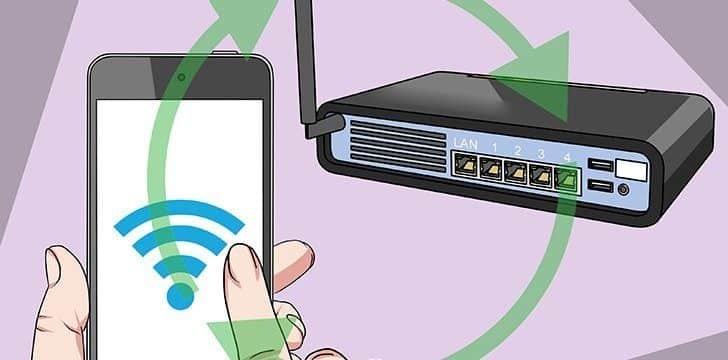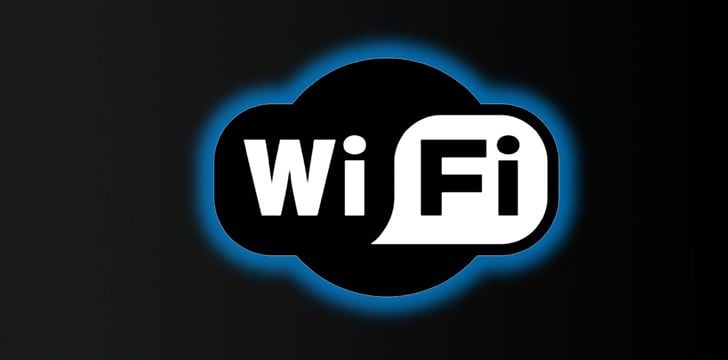An Australian scientist by the name of John O’Sullivan was inspired by Stephen Hawking’s theory of evaporating black holes and their subsequent radio waves.
He set out to find them and prove the theory correct.
Whilst doing so, he found that these weak signals were hard to distinguish from the louder background radio noise of the entire universe.
What were the signals?

These signals had traveled such vast distances and were so small and distorted by the gas and dust of space they had passed through.
This meant their waveform had altered from a sharp and easily identifiable spike, to a flattened curve.
It was because of this that O’Sullivan and his researches contemporaries got to work on creating a tool that could identify and filter specific radio waves.
After lots of hard work, O’Sullivan and a colleague were able to create a tool based off a mathematical formula which would help them find these waves, blocking out the extraneous radio signals to identify the useful ones.
However, they were unsuccessful in finding a black hole’s radio waves.
Fast forward to 1992…

John O’Sullivan was working for the CSIRO and was tasked with finding a way for computers to communicate without wires – a wireless system of some type.
Remembering his previous research into black holes and the tools he’d created to identify the black hole radio waves wirelessly, O’Sullivan went back to the tool he’d previously made.
Using the mathematical formula of this device he was able to modify and tweak it, using this as a basis for Wi-Fi to search out weak and fuzzy radio signals in the noisiest of environments.
This re-purposed and unintentional invention earned the CSIRO roughly $1 billion in royalties.
O’Sullivan patented it in his native country first in 1992, then later in the U.S. in 1996.
So, thank you to Stephen Hawking for inspiring John O’Sullivan to accidentally give us all Wi-Fi!

















